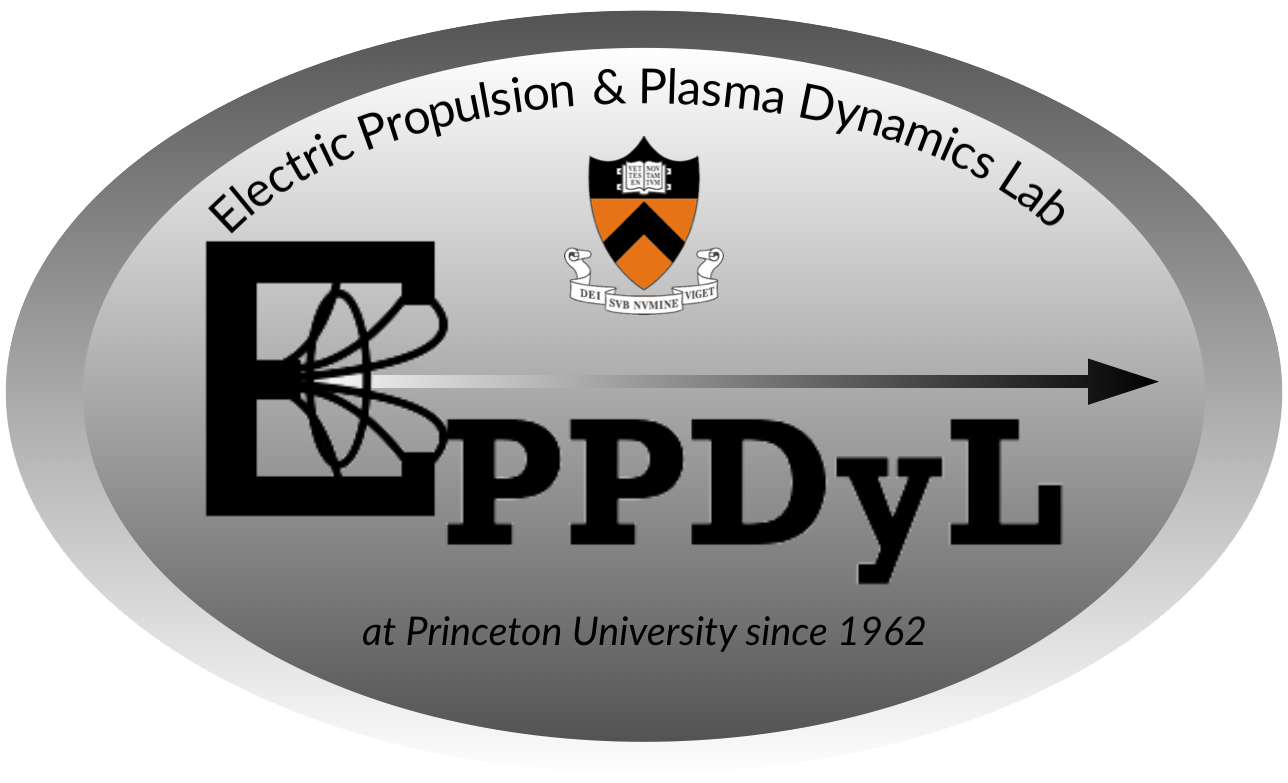The Direct Wave-Drive Thruster
Download
The Direct Wave-Drive Thruster
Abstract
A propulsion concept relying on the direct acceleration of a plasma by momentum injection associated with the excitation of electrostatic waves is presented. The interaction between the wave-launching antenna and the plasma is investigated in order to evaluate the potential of this concept for propulsion. The total force from an annular antenna on a finite conductivity plasma slab is modeled analytically and determined to be a function of three non-dimensional parameters: the ratio of the electron collision frequency to the excitation frequency, the ratio of the antenna size to the antenna-plasma stand-off length, and the plasma skin-depth normalized by the size of the antenna. Calculations from the model show that total thrust improves for smaller electron collision frequencies, skin-depths, and stand-off distances. Thrust efficiency is also modeled and is dependent on the same non- dimensional parameters. The efficiency improves for smaller electron collision frequencies and stand-off lengths. The effect of the skin depth depends on whether the resistive losses in the exciting antenna are large or small, with smaller skin depths increasing efficiency when antenna losses are large. A sample evaluation is performed with the model to illustrate potential performance for a thruster operating at 5kW with a mass flow rate of 1 mg/s and found that for typical plasma parameters, the maximum efficiency is bounded near 50%
